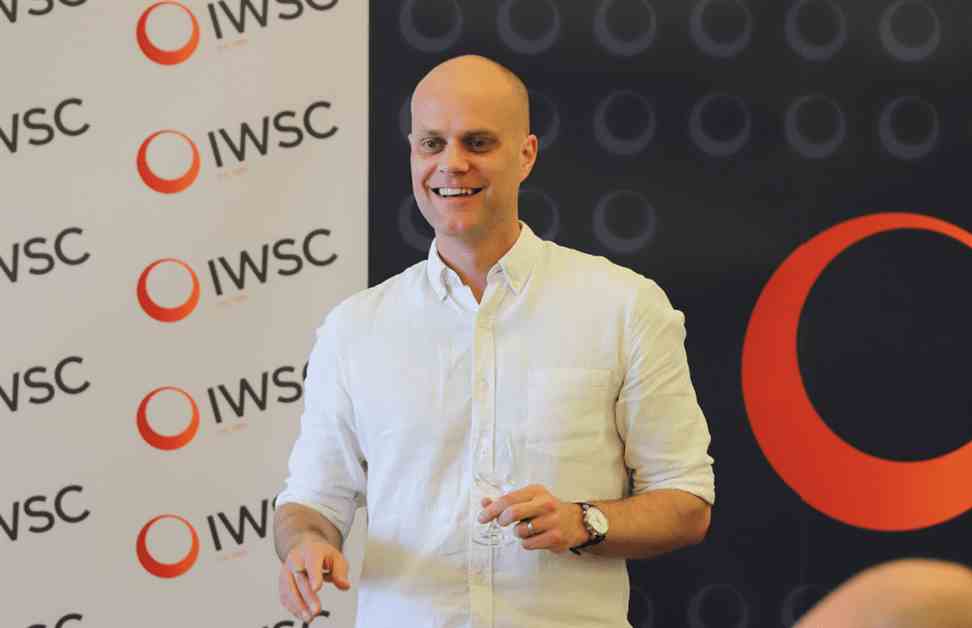Title: Traffic Congestion Solutions in City Center
Introduction:
Traffic congestion in city centers is a common issue that affects the daily lives of residents and commuters. Finding effective solutions to alleviate traffic congestion is crucial for improving the quality of life in urban areas.
Subheading 1: Public Transportation Upgrades
One of the key solutions to reducing traffic congestion in city centers is to invest in upgrading public transportation systems. By providing reliable and efficient public transportation options, more people will choose to leave their cars at home, leading to a decrease in traffic congestion on the roads.
Most searched question: How can public transportation upgrades reduce traffic congestion in city centers?
Subheading 2: Carpooling and Ride-Sharing Programs
Implementing carpooling and ride-sharing programs can also help alleviate traffic congestion in city centers. By encouraging people to share rides with others, the number of vehicles on the road can be reduced, leading to smoother traffic flow and less congestion.
Most searched question: What are the benefits of carpooling and ride-sharing programs in reducing traffic congestion?
Subheading 3: Bike Lanes and Pedestrian Zones
Creating designated bike lanes and pedestrian zones in city centers can also help reduce traffic congestion. By providing safe and convenient alternatives to driving, more people may choose to walk or bike instead of using their cars, leading to fewer vehicles on the road and less congestion.
Most searched question: How can bike lanes and pedestrian zones help alleviate traffic congestion in city centers?
Additional Content:
In addition to the above solutions, city planners can also consider implementing congestion pricing policies, where drivers are charged a fee for entering certain high-traffic areas during peak hours. This can help reduce the number of cars on the road during busy times and encourage alternative modes of transportation.
Furthermore, investing in smart traffic management systems, such as traffic signal optimization and real-time traffic monitoring, can help improve traffic flow and reduce congestion in city centers. By utilizing technology to better manage traffic patterns, cities can create a more efficient and sustainable transportation system for all residents.
Overall, addressing traffic congestion in city centers requires a multi-faceted approach that combines investments in public transportation, incentives for carpooling and ride-sharing, and infrastructure improvements for cyclists and pedestrians. By implementing these solutions, cities can create a more livable and sustainable urban environment for all residents.









